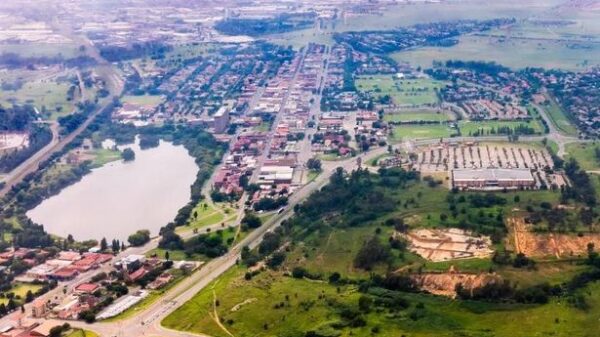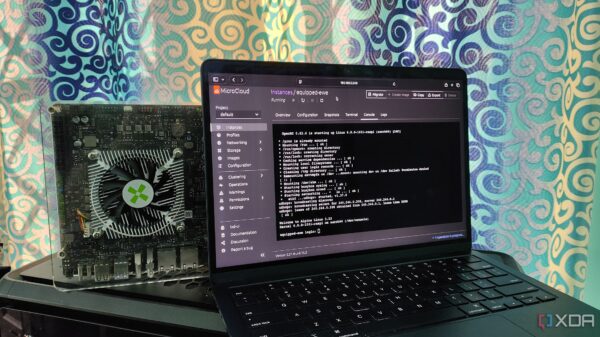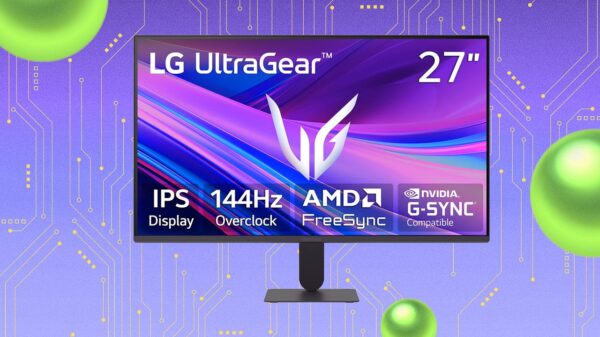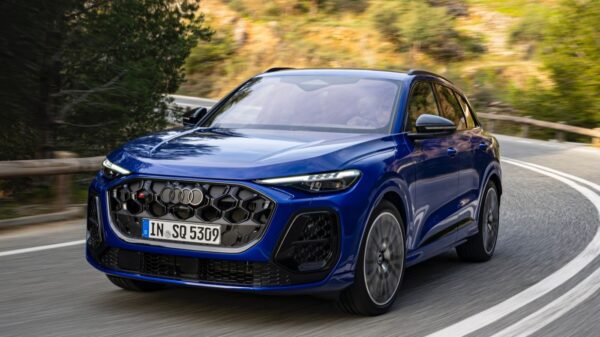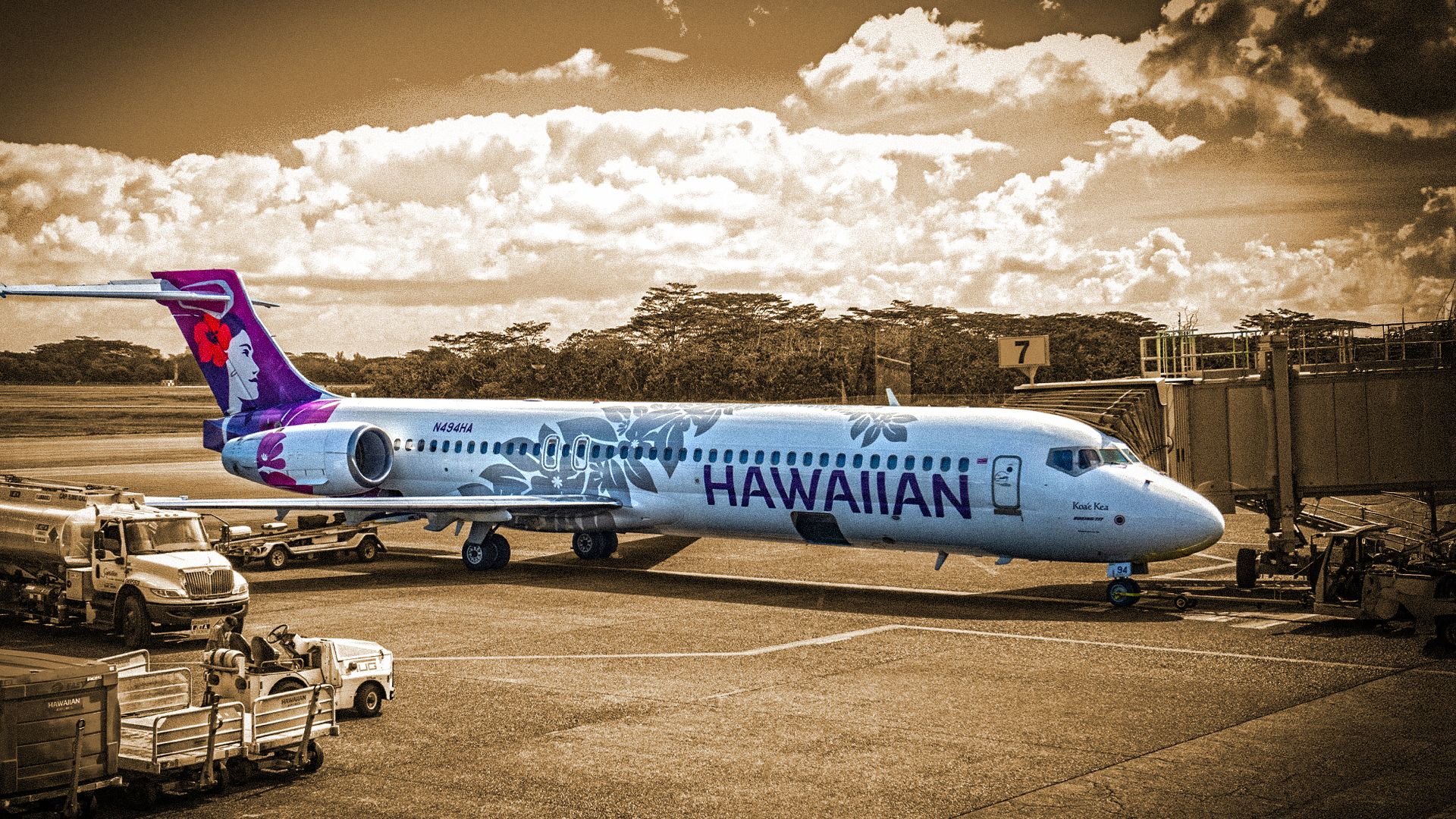Hawaiian Airlines, the largest airline in the state of Hawaii, is exploring options to replace its aging fleet of Boeing 717 aircraft. Founded in 1929, the airline currently operates 19 Boeing 717s, which have an average age of approximately 22 years. As the second-largest operator of the 717 globally, Hawaiian Airlines is considering two modern aircraft: the Airbus A220 and the Embraer E195-E2. Both options are expected to enhance the carrier’s operational efficiency and passenger experience.
Current Fleet and Replacement Needs
The Boeing 717 is the smallest aircraft in Hawaiian Airlines’ fleet, accommodating a maximum of 128 passengers in a two-class configuration. In contrast, the airline’s larger Boeing 787-9 can carry up to 300 passengers. According to the latest data from ch-aviation, Hawaiian Airlines operates a total of 65 aircraft, which includes Airbus A321neo and A330-200 models. With the 717s aging, the airline is evaluating replacements that can maintain its service quality across various routes.
One viable candidate is the Airbus A220, which has gained attention for its efficiency and passenger comfort. Originally developed by Bombardier, the aircraft was rebranded after Airbus acquired a majority stake in 2018. The A220 entered commercial service in July 2016 and features a spacious cabin with five-abreast seating in a 2-3 configuration, allowing for wider seats and larger windows.
Airbus A220: Efficiency and Comfort
The A220’s performance is particularly noteworthy. Powered by Pratt & Whitney PW1500G geared turbofan engines, it boasts up to 25% lower fuel burn per seat than older aircraft. This efficiency makes it suitable for point-to-point routes that were once economically unviable. With a range of approximately 3,900 miles, the A220 can easily cover Hawaiian Airlines’ flights to mainland US destinations such as Los Angeles International Airport (LAX) and Seattle-Tacoma International Airport (SEA).
In addition to its operational benefits, the A220’s enhanced cabin features align with Hawaiian Airlines’ commitment to providing a premium travel experience. The aircraft is designed to utilize Airbus’ unique Airspace cabin, offering more comfort and modern amenities for passengers.
The second option, the Embraer E195-E2, is another contender for the airline’s replacement strategy. Officially entering service in 2019, this aircraft excels in efficiency and comfort, making it suitable for short- to medium-haul routes. Similar to the A220, the E195-E2 achieves up to 25% lower fuel burn per seat compared to previous-generation models, thanks to its advanced aerodynamics and Pratt & Whitney PW1900G engines.
Embraer E195-E2: Operational Flexibility
The E195-E2 can seat up to 146 passengers depending on the configuration, making it an attractive option for markets where demand may not support the higher capacity of the A220. Its 2-2 seating layout ensures that every passenger enjoys either a window or aisle seat, enhancing comfort during shorter flights.
With a range of up to 2,900 miles, the E195-E2 is well-suited for Hawaiian Airlines’ interisland flights and services to the US West Coast. The aircraft’s operational flexibility allows the airline to optimize its fleet for varying demand levels, particularly in Hawaii’s unique travel market.
Both aircraft offer significant advantages for Hawaiian Airlines. The Airbus A220 presents an excellent option for longer routes and provides a modern, spacious cabin environment. Conversely, the Embraer E195-E2 could cater effectively to interisland and short-haul routes, aligning with the airline’s sustainability goals through lower emissions and operational costs.
Hawaiian Airlines has deep roots in the region, having evolved from its founding as Inter-Island Airways in 1929 to become a major player in transpacific aviation. The airline prides itself on its island-inspired service and aims to enhance its offerings with modern, efficient aircraft.
As Hawaiian Airlines evaluates its options, the decision on whether to adopt the Airbus A220 or the Embraer E195-E2 will significantly impact its operational strategy and customer experience in the coming years.







